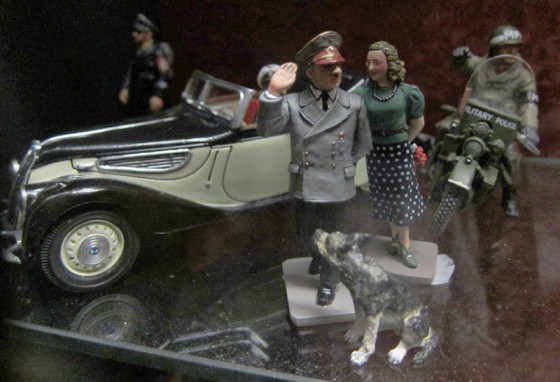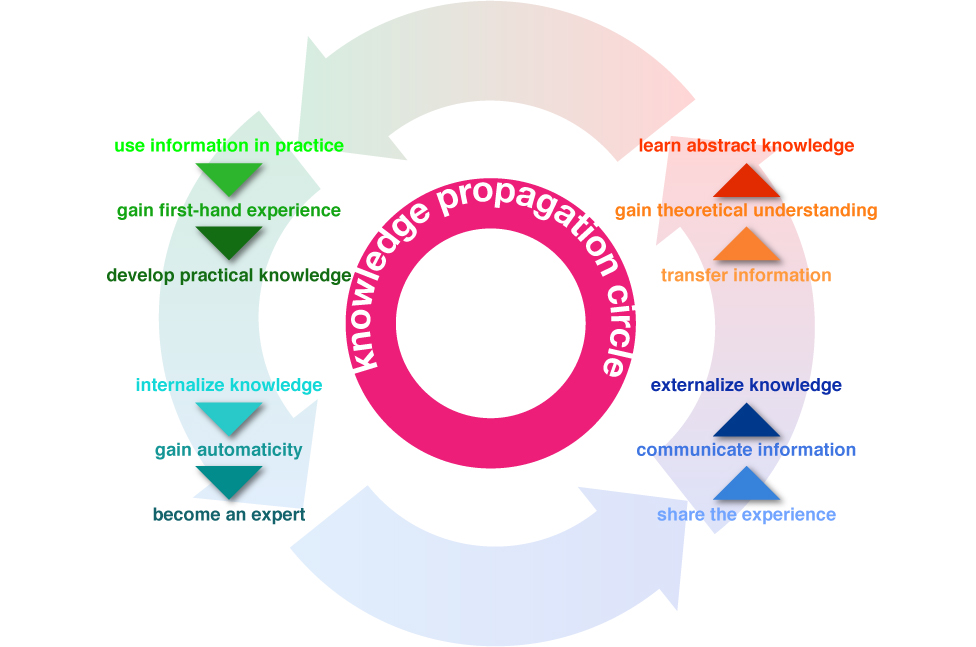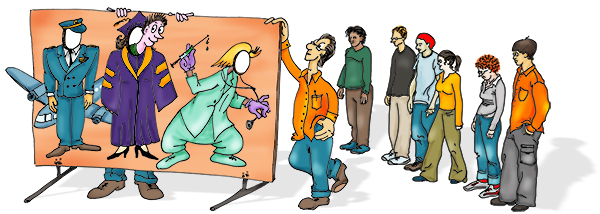
Nothing exists in isolation. Design divorced from the context in which the product is used is of little value to its audience. Cognitively, this makes sense—most designers agree that they have to consider the environment, culture, and situation as part of the process of developing a new product (or redesigning an old one). But practically, context and culture get little play in design meetings. This post is aimed at relieving some of designers’ mirroring errors—helping see alternate ways their products might be used in the real world. Enjoy! Cultural Difference in Car Use: livestock Cultural Difference in Car Use: large loads Cultural Difference in Bike Use: large loads Notice the little bike on the left… Cultural Difference: people movers




